The Effects of Print Size in Photography
How does print size affect the emotional feel of a photo? It may seem like an image that works at one size will be equally good at any size – but in practice, I don’t find that to be true. Instead, the best print size changes from photo to photo. It’s all about what you want to say.
In this article, I’ll explain why print size is such an important decision in photography, as well as the different moods and emotions carried by photos of different sizes. I hope that this sheds some light on a crucial, yet little-discussed area of creative photography
تأثيرات حجم الطباعة في التصوير الفوتوغرافي
كيف يؤثر حجم الطباعة على الشعور العاطفي للصورة؟ قد يبدو الأمر كما لو أن الصورة التي تعمل بحجم واحد ستكون جيدة بنفس القدر بأي حجم - ولكن من الناحية العملية، لا أجد ذلك صحيحًا. وبدلاً من ذلك، يتغير حجم الطباعة الأفضل من صورة إلى أخرى. الأمر كله يتعلق بما تريد قوله.
في هذه المقالة، سأشرح سبب كون حجم الطباعة قرارًا مهمًا في التصوير الفوتوغرافي، بالإضافة إلى الحالات المزاجية والعواطف المختلفة التي تحملها الصور ذات الأحجام المختلفة. آمل أن يلقي هذا بعض الضوء على مجال التصوير الفوتوغرافي الإبداعي الحاسم الذي لم تتم مناقشته كثيرًا
How does print size affect the emotional feel of a photo? It may seem like an image that works at one size will be equally good at any size – but in practice, I don’t find that to be true. Instead, the best print size changes from photo to photo. It’s all about what you want to say.
In this article, I’ll explain why print size is such an important decision in photography, as well as the different moods and emotions carried by photos of different sizes. I hope that this sheds some light on a crucial, yet little-discussed area of creative photography
تأثيرات حجم الطباعة في التصوير الفوتوغرافي
كيف يؤثر حجم الطباعة على الشعور العاطفي للصورة؟ قد يبدو الأمر كما لو أن الصورة التي تعمل بحجم واحد ستكون جيدة بنفس القدر بأي حجم - ولكن من الناحية العملية، لا أجد ذلك صحيحًا. وبدلاً من ذلك، يتغير حجم الطباعة الأفضل من صورة إلى أخرى. الأمر كله يتعلق بما تريد قوله.
في هذه المقالة، سأشرح سبب كون حجم الطباعة قرارًا مهمًا في التصوير الفوتوغرافي، بالإضافة إلى الحالات المزاجية والعواطف المختلفة التي تحملها الصور ذات الأحجام المختلفة. آمل أن يلقي هذا بعض الضوء على مجال التصوير الفوتوغرافي الإبداعي الحاسم الذي لم تتم مناقشته كثيرًا

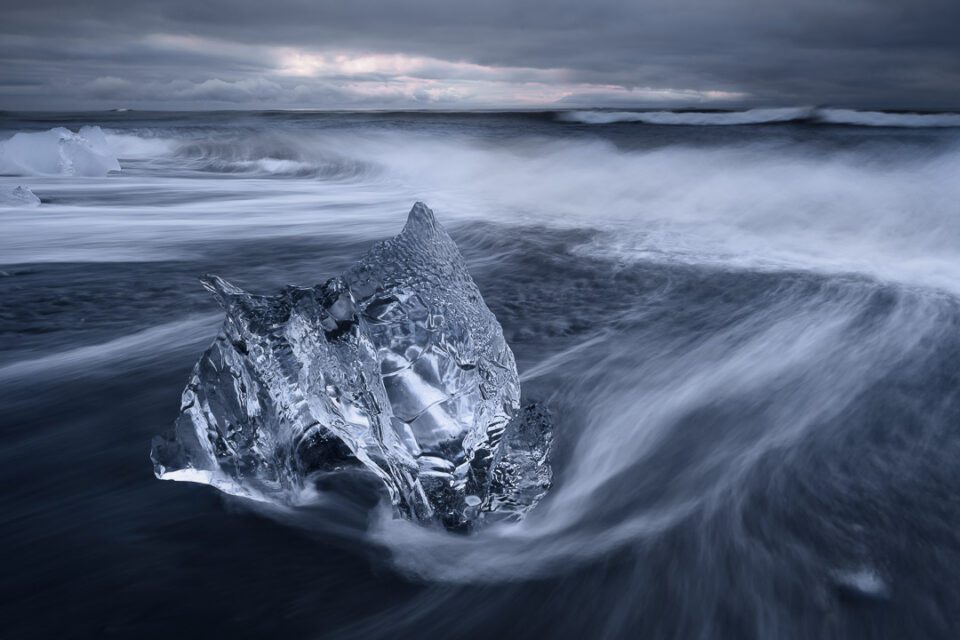
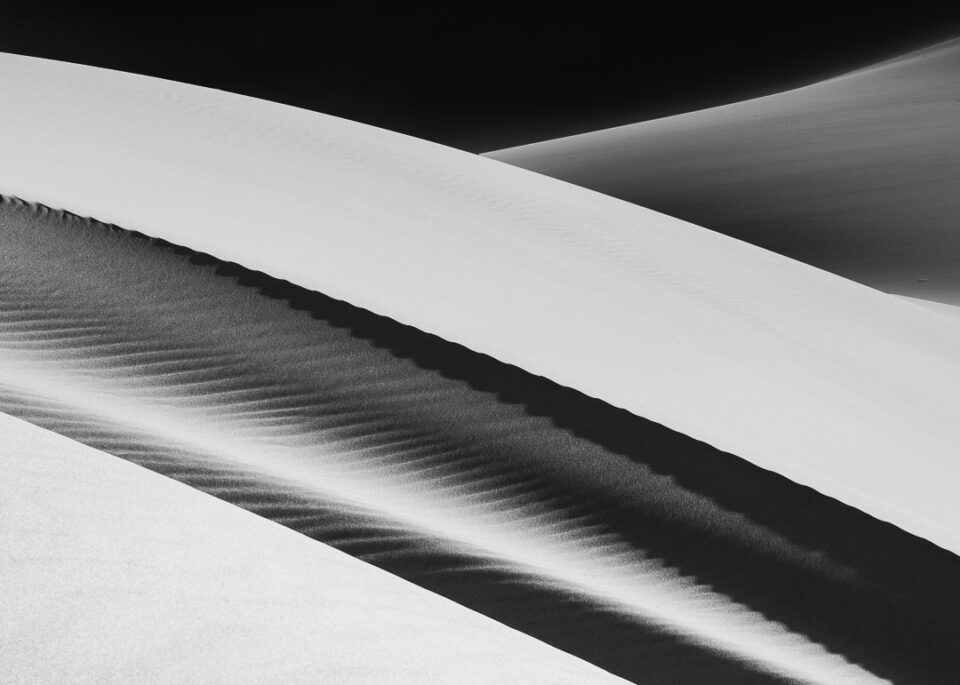

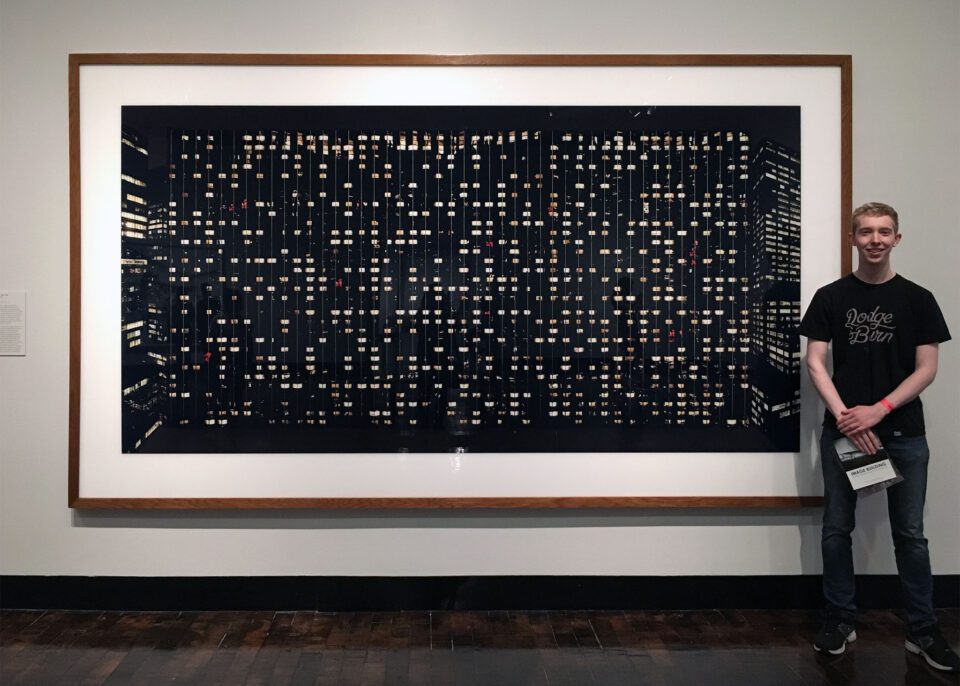 “Avenue of the Americas” by Andreas Gursky. Awestruck person for scale.
“Avenue of the Americas” by Andreas Gursky. Awestruck person for scale.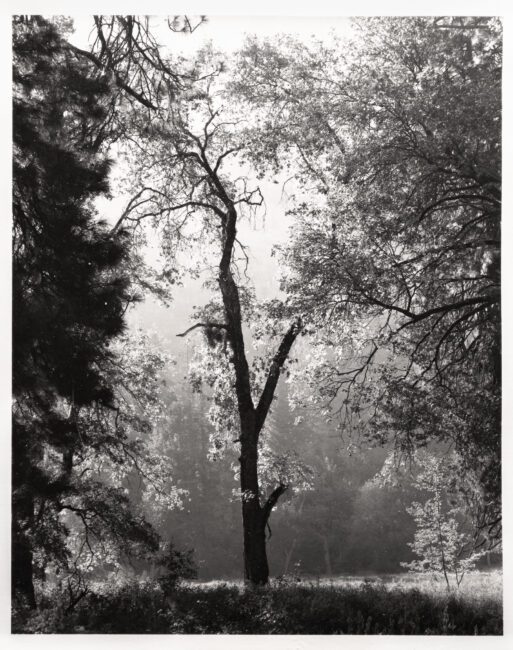
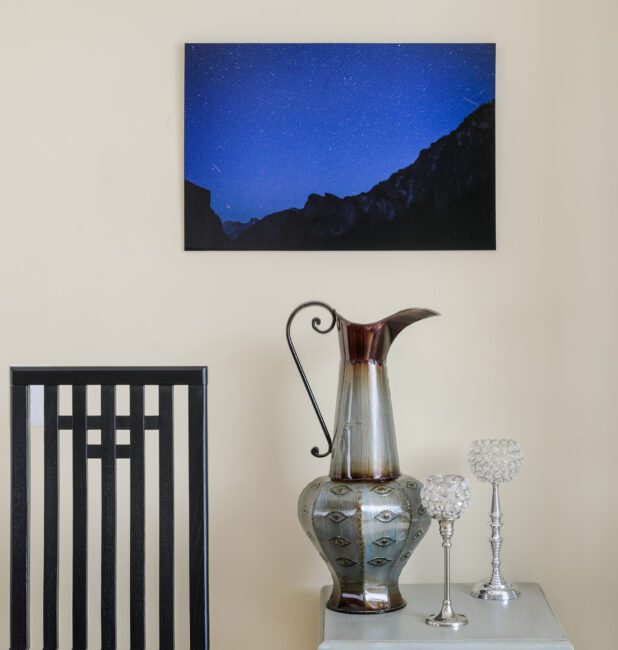
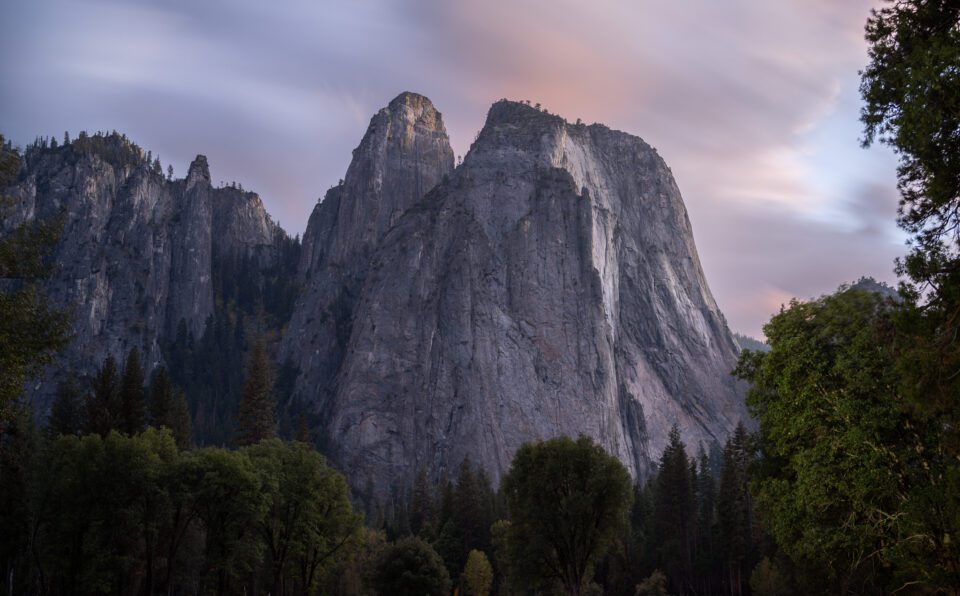
تعليق